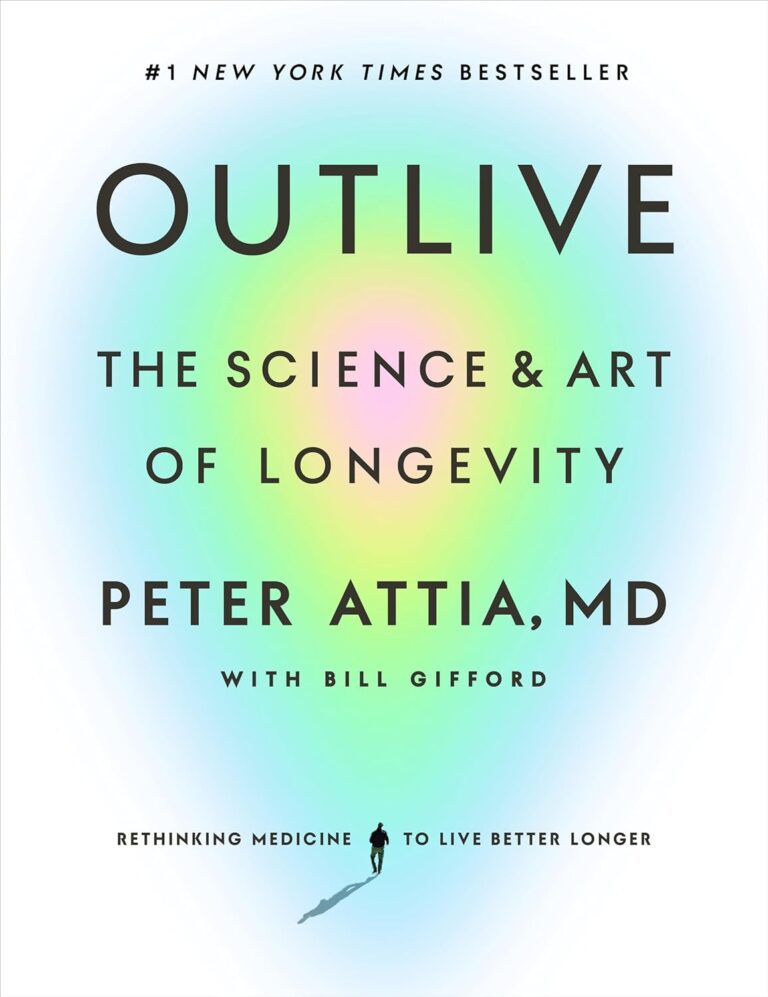
Introduction to Capsule Endosonomy
Capsule endoscopy, a novel advancement in medical technology, offers an innovative means of visualizing the gastrointestinal tract. This miniature camera technology allows physicians to gain a more detailed understanding of the inner structure and workings of the human digestive system, paving the way for improvements in diagnostic procedures and treatments for various diseases.
Capsule endoscopy came into life following a quest to better understand the human gut. Hailing from the early 2000s, this technology has revolutionized gastroenterology, providing superior diagnostic capabilities while ensuring patient safety and comfort.
Understanding Capsule Endoscopy – The Definition
In capsule endoscopy, a pill-sized capsule fitted with a camera, light source, and transmitter is ingested by the patient. As it travels through the digestive system over an 8-hour period, it snaps thousands of pictures, which are transmitted to a device worn by the patient. These images provide in-depth details of the digestive tract, especially in areas which are difficult to reach with standard endoscopic procedures.
Compared to traditional endoscopy, capsule endoscopy is non-invasive and eliminates the need for sedation. It is also much more detailed, covering larger portions of the gut that were previously challenging or impossible to visualize.
The Science behind Capsule Endoscopy
The capsule used in this procedure is an engineering marvel, equipped with several microcomponents that work in synchrony. It contains a tiny camera, an illuminating LED, a battery source, and a wireless transmitter. These components send back images to a data recorder worn around the patient’s waist that captures images from the esophagus to the rectum.
As the capsule naturally navigates through the digestive tract, the camera captures about two pictures per second. The transmitter then sends these images wirelessly to the recorder, which also measures variables such as temperature and pH to monitor the capsule’s progression through the gut.
Why Capsule Endoscopy? – Importance and Benefits
Capsule endoscopy is an invaluable tool in diagnosing numerous diseases of the gastrointestinal tract. It is commonly used for detecting abnormalities such as gastrointestinal bleeding, inflammatory bowel diseases, polyps, tumors, and celiac disease. This technology can offer insights into the cause of unexplained anemia or abdominal pain, allowing for more targeted treatments.
The pros of capsule endoscopy extend beyond its diagnostic capabilities. It’s a patient-friendly procedure – merely swallowing a pill – that doesn’t require sedation or invasive procedures. It minimizes discomfort, eliminates risk associated with sedatives, and allows patients to go about their everyday activities during the examination.
Get to know us better
If you are reading this, you are in the right place – we do not care who you are and what you do, press the button and follow discussions live

The Procedure of Capsule Endoscopy
Prior to the test, the patient may be instructed to follow certain dietary restrictions and perform bowel cleansing process recommended by the doctor. On the day of the test, the patient swallows the capsule with a glass of water. Post capsule ingestion, the patient can drink and eat after specified intervals.
During the test, the capsule works its way through the digestive track, capturing and sending images to the recorder. The patient is free to carry out normal activities but should avoid strenuous exercise and heavy lifting. Post 8 hours, the recording device is removed and the data analyzed. The capsule is excreted naturally and does not need to be retrieved.
Potential Risks and Limitations of Capsule Endoscopy
Despite its numerous benefits, capsule endoscopy has potential risks. The most significant is capsule retention, where the capsule remains in the digestive tract due to narrowing or blockages. Despite being rare, this may require surgical intervention. Other minor side effects such as nausea, vomiting, and abdominal pain may occur.
Furthermore, although it provides detailed images, certain limitations still exist. It cannot obtain tissue samples for biopsy, dilate strictures, or administer therapeutic intervention unlike standard endoscopies. Its use is also limited in patients with swallowing disorders or who are at risk of aspiration.
Conclusion
Undoubtedly, capsule endoscopy has opened up new diagnostic frontiers in gastroenterology. With its minimally invasive nature, patient-centered focus, and superior imaging capabilities, it has become a critical tool in diagnosing and managing gastrointestinal tract diseases.
While acknowledging its limitations, further research and technological advancements promise to streamline its utility, truly revolutionizing the art and science of endoscopic exploration.
FAQs
- What is Capsule Endoscopy and how does it work?
Capsule endoscopy is a non-invasive diagnostic procedure, where the patient swallows a pill-sized camera. This camera takes pictures of the digestive tract as it naturally travels through it, thereby helping doctors spot abnormalities.
- How is Capsule Endoscopy different from traditional endoscopy procedures?
Traditional endoscopy is a more invasive procedure, where a long, flexible tube with a light and camera is inserted through the patient’s mouth or rectum. In contrast, capsule endoscopy involves swallowing a pill-sized camera, causing minimal discomfort.
- What are the benefits and potential risks of Capsule Endoscopy?
The procedure is non-invasive and painless, but the most significant risk is capsule retention. It’s a rare condition where the capsule remains in the digestive tract due to narrowing or blockages, and this might need surgical intervention.
- What types of diseases can Capsule Endoscopy identify?
It can detect a wide range of abnormalities such as gastrointestinal bleeding, inflammatory bowel diseases, polyps, tumors, and celiac disease.
- How should one prepare for a Capsule Endoscopy procedure?
This would generally involve fasting for around 12 hours before the test. Your doctor may also recommend you to follow certain dietary restrictions and a bowel cleansing process.

















Comments
Thank you. Comment sent for approval.
Something is wrong, try again later